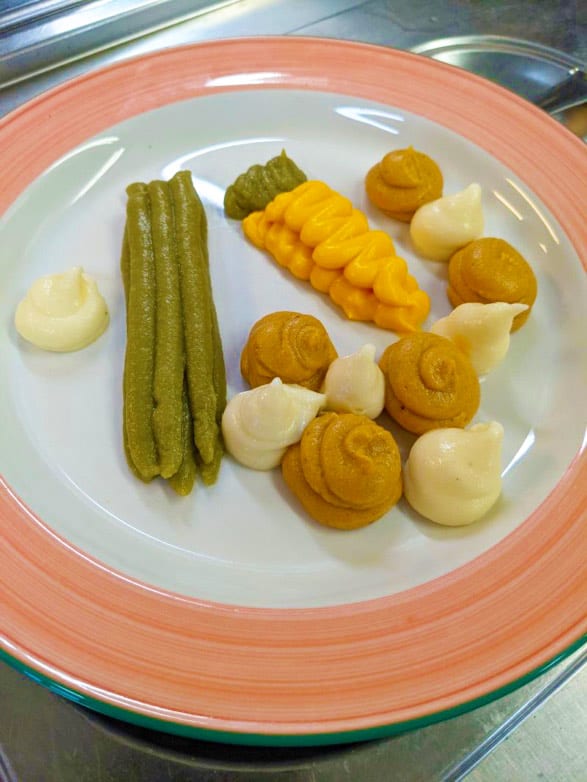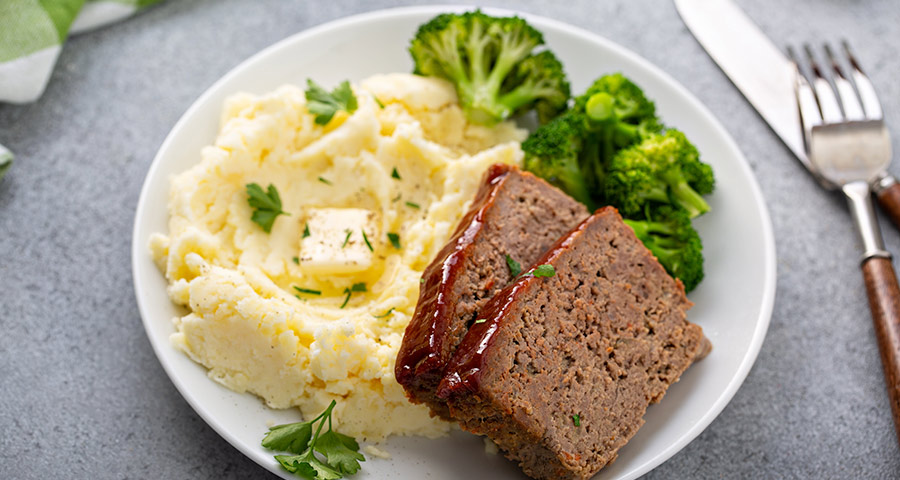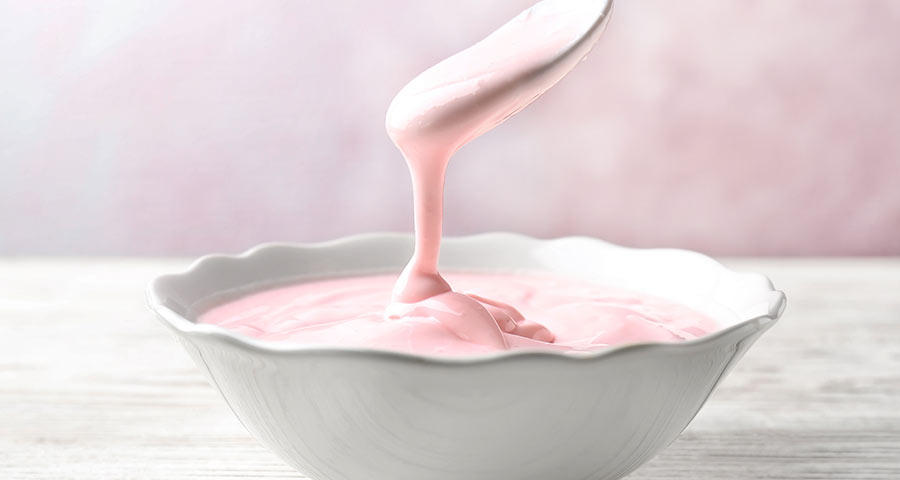
Dysphagia Awareness Month IDDSI Q&A Series, Part 3: Enhancing Pleasurable Dining on a Pureed Diet
There’s no doubt that introducing a pureed IDDSI diet to a patient or resident can be a challenge – especially for “fan favorite” items like pizzas, pastas or salads.
How can you enhance the dining experience for residents on this diet, while balancing safety and compliance around the IDDSI framework?
Welcome to part three of our IDDSI Q & A Series, where our team of registered dietitians answer questions from real industry professionals, so you can feel more confident on your IDDSI journey.
This week, we’re covering steps you can take to enhance pleasurable dining experience for patients or residents who are on a pureed diet:
Q1: I was wondering what resources are out there to enhance pleasurable dining for residents on a pureed diet? (ex. appearance, salads tastier) – Debbie Perrault, Foodservice Manager at Bon Air LTC
Q2: Could you please share tips on how to mince and puree foods like pasta and pizza which often turns gummy in the food processor? – Anonymous

Image via Simão Castelli on LinkedIn
A: Mealtimes for residents with dysphagia can be difficult, however there is a lot that can be done to improve the dining experience, which could also result in improved health outcomes. Making foods more appealing can lead to increased intake, which can decrease the risk for malnutrition. Presentation is often key, making it clear what the dish is.
The brain takes flavor cues from the shape and color of food, so piping pureed foods or using food molds is a great way to emulate the original shapes of foods. Pureeing different elements of a dish separately can also improve the quality of the final product. Such as pureeing the mashed potatoes, peas, and beef separately for a shepherd’s pie, and layering the elements for presentation.
The amount of liquid used in mincing and pureeing food items is important. Is it always recommended to test the recipe at your facility, adjusting the amount of liquid used to determine what results in the best product. Having the right equipment, such as a powerful blender or food processor, is also vital.
For foods like pasta that can become gummy when processing, using a small pasta such as orzo or ditalini can decrease the amount of modifying needed to reach the correct particle size, which maintains more of the pastas integrity. Chewier bread products, like pizza crust, can benefit from soaking in the liquid for a short period of time prior to modifying the texture.
Dietetic Practice Groups through the American Academy of Nutrition and Dietetics are a great place to collaborate with other industry professionals regarding recipes and production methods which have worked well. The IDDSI YouTube Channel also has many helpful videos on modifying foods, testing methods, and tips for successful IDDSI implementation.
Answers provided by:

Nutrition Sevices Specialist at MealSuite

Nutrition Services Specialist at MealSuite
More IDDSI Content You May Like:


 HOME
HOME 




